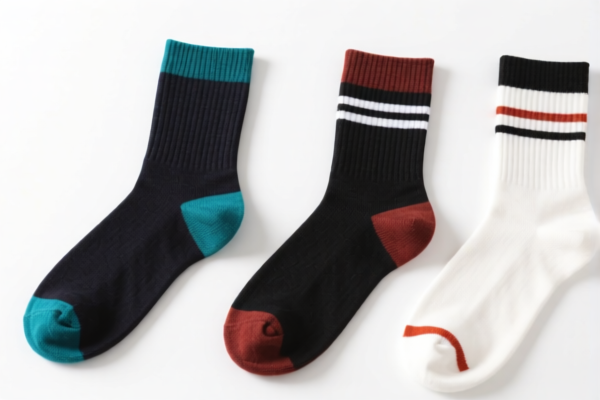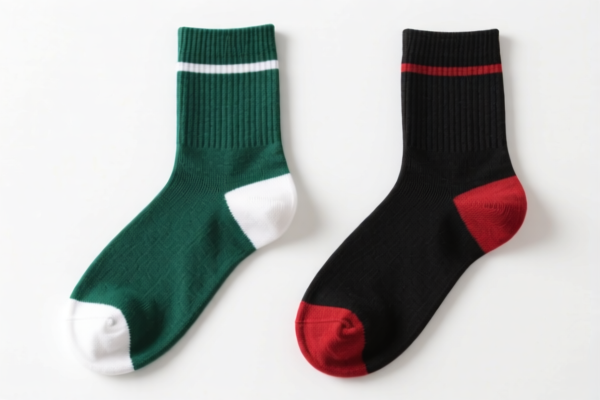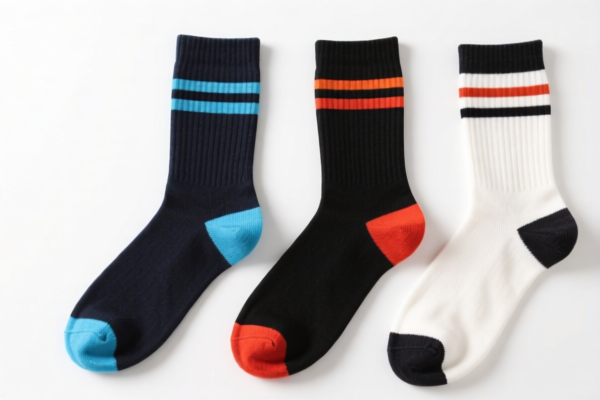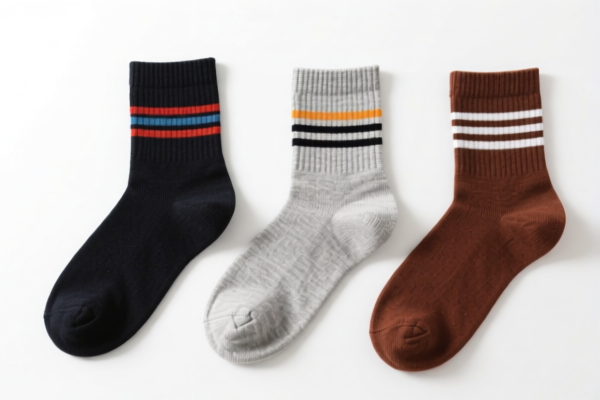| HS Code | Official Doc | Tariff Rate | Origin | Destination | Effective Date |
|---|---|---|---|---|---|
| 6115940000 | Doc | 48.8% | CN | US | 2025-05-12 |
| 6115956000 | Doc | 47.5% | CN | US | 2025-05-12 |
| 6117909080 | Doc | 52.1% | CN | US | 2025-05-12 |
| 6117909095 | Doc | 52.1% | CN | US | 2025-05-12 |
| 6114909010 | Doc | 35.6% | CN | US | 2025-05-12 |
| 6006909000 | Doc | 55.0% | CN | US | 2025-05-12 |
| 6001910020 | Doc | 73.5% | CN | US | 2025-05-12 |
| 6001920020 | Doc | 72.2% | CN | US | 2025-05-12 |
| 6002904000 | Doc | 63.8% | CN | US | 2025-05-12 |
| 6002908080 | Doc | 63.0% | CN | US | 2025-05-12 |
| 6003909000 | Doc | 61.6% | CN | US | 2025-05-12 |
| 6003901000 | Doc | 69.1% | CN | US | 2025-05-12 |
| 6004909000 | Doc | 62.0% | CN | US | 2025-05-12 |
| 6004902085 | Doc | 67.3% | CN | US | 2025-05-12 |
| 6005909000 | Doc | 65.0% | CN | US | 2025-05-12 |
| 6114909070 | Doc | 35.6% | CN | US | 2025-05-12 |




Invisible Socks
Invisible socks, also known as no-show socks, are a type of hosiery designed to be concealed within footwear, primarily shoes like loafers, ballet flats, sneakers, and heels. They offer the benefits of sock functionality – moisture absorption, blister prevention, and odor control – without being visibly exposed above the shoe line.
Material
The composition of invisible socks varies, impacting comfort, durability, and performance. Common materials include:
- Cotton: Provides softness and breathability, suitable for everyday wear. Often blended with other fibers for improved stretch and resilience.
- Synthetic Fibers (Polyester, Nylon, Acrylic): Offer excellent moisture-wicking properties, durability, and stretch. Frequently used in athletic or performance-oriented invisible socks.
- Spandex/Elastane: Added to blends to provide elasticity and ensure a snug fit, preventing slippage.
- Bamboo: Known for its softness, breathability, and antibacterial properties. A sustainable option.
- Merino Wool: Provides excellent moisture management, temperature regulation, and odor resistance, ideal for warmer weather or active use.
- Silicone Grips: Often incorporated into the heel to prevent the sock from slipping off.
Purpose & Function
- Concealment: The primary purpose is to provide sock benefits while remaining hidden within shoes.
- Moisture Management: Absorbs sweat to keep feet dry and comfortable, reducing the risk of blisters and fungal infections.
- Blister Prevention: Provides a layer of cushioning to minimize friction between the foot and shoe.
- Odor Control: Materials with antibacterial properties help reduce odor-causing bacteria.
- Hygiene: Acts as a barrier between the foot and the shoe, absorbing sweat and preventing direct contact.
Usage Scenarios
- Casual Wear: Commonly used with loafers, ballet flats, sneakers, and other everyday shoes.
- Formal Wear: Paired with dress shoes, particularly in warmer weather or when open-toe shoes are worn.
- Athletic Activities: Used in sneakers and athletic shoes for moisture management and blister prevention.
- Warm Weather: Provides sock benefits without overheating the feet.
Common Types
- Standard Invisible Socks: Designed with a low-cut profile to be hidden in most shoes.
- Ballet Flat Socks: Specifically designed for ballet flats, often featuring a more rounded heel shape and a lower profile.
- Heel Grip Socks: Feature a silicone grip on the heel to prevent slippage, ideal for shoes with a looser fit.
- Athletic Invisible Socks: Made with moisture-wicking materials and often feature cushioning for added comfort.
- Toe Socks: Feature individual compartments for each toe, promoting better airflow and reducing friction.
- Lace-ankle socks: Designed with a lace edge, for a decorative look when wearing low-cut shoes.
Invisible socks fall under the category of socks, which are knitted or crocheted footwear. Based on the provided reference material, the following HS codes are relevant:
- 6115940000: This HS code covers panty hose, tights, stockings, socks and other hosiery, including graduated compression hosiery (for example, stockings for varicose veins) and footwear without applied soles, knitted or crocheted: Other: Of wool or fine animal hair. This could apply if the invisible socks are made of wool or fine animal hair. The total tax rate is 48.8% (Base tariff: 11.3%, Additional tariff: 7.5%, Tariff after 2025.4.2: 30.0%).
- 6115956000: This HS code covers panty hose, tights, stockings, socks and other hosiery, including graduated compression hosiery (for example, stockings for varicose veins) and footwear without applied soles, knitted or crocheted: Other: Of cotton: Containing lace or net. If the invisible socks are made of cotton and contain lace or net, this HS code is applicable. The total tax rate is 47.5% (Base tariff: 10.0%, Additional tariff: 7.5%, Tariff after 2025.4.2: 30.0%).
- 6114909010: This HS code covers stockings, socks and other hosiery knitted or crocheted of man-made fibres: Other stockings, socks and other hosiery of synthetic fibres: Other. If the invisible socks are made of synthetic fibres, this HS code is applicable. The total tax rate is 35.6% (Base tariff: 5.6%, Additional tariff: 0.0%, Tariff after 2025.4.2: 30.0%).
It is important to determine the material composition of the invisible socks to select the correct HS code.
Customer Reviews
No reviews yet.